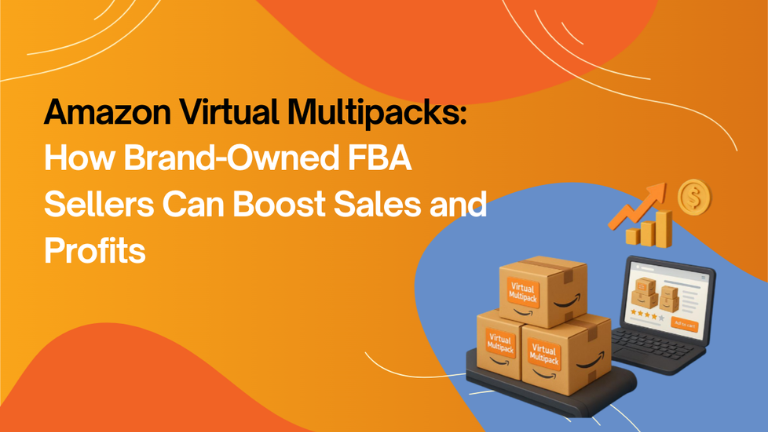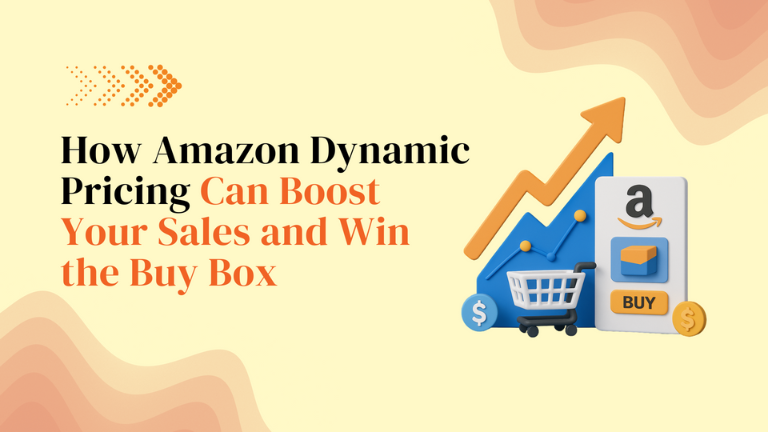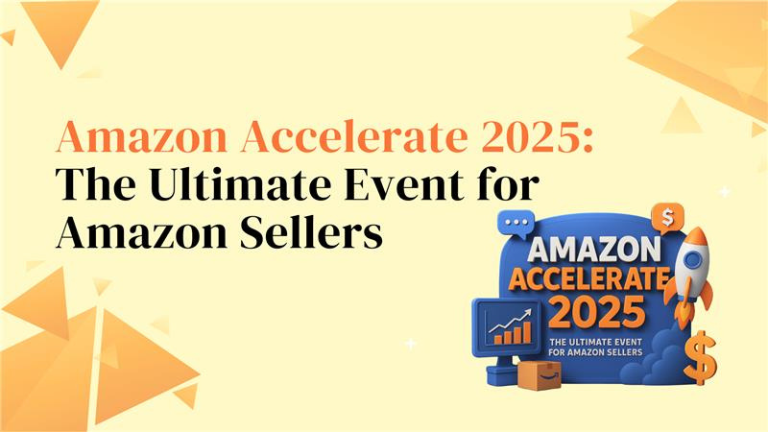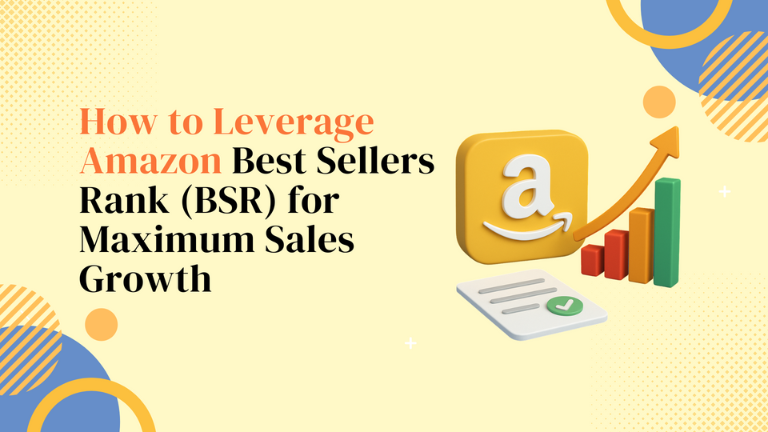Premium A+ Content in 2025: Eligibility, Modules, and Real CVR Gains
A+ vs Premium A+ — When to Upgrade Amazon’s A+ Content has become a key lever for sellers who want to stand out, build trust, and lift conversion rates. In 2025, the gap between Basic A+ Content and Premium A+ Content is more important than ever. Sellers who still use only Basic risk are leaving CVR (conversion rate) on the table, especially in competitive niches. According to Amazon, Basic A+ can increase sales by up to ~8%, while Premium A+ can further boost this, to as much as ~20% when done well. What’s New in Eligibility for Premium A+ Here are the eligibility criteria in 2025 for unlocking Premium A+ Content: You must be brand-registered (enrolled in Amazon Brand Registry) and have a Professional selling plan. You need a Brand Story module published on all your brand-owned listings You must have at least five approved A+ Content projects in the past 12 months. Module Choices Mapped to Objections + Mobile Design To maximize CVR gains, choosing the right modules is crucial—especially to address common purchase objections. Additionally, with most Amazon traffic originating from mobile devices, mobile optimization of modules is non-negotiable. Modules to Address Objections + Mobile Design Best Practices Returns / Fit / Sizing / Complex Details • Use a Q&A module so you can pre-empt frequent customer concerns like sizing, fit, or return policies. • Include technical specification/comparison tables that clearly list dimensions, materials, etc. • Employ hover or interactive hotspots over product images to call out specific features or detail zones (e.g. seams, stitch, functional parts) • Use the “Sizing/dimensions & specs” module to visually show size charts, fit guidance, etc. Warranty / Trust / Product Quality • Incorporate video modules that show product durability, construction, or usage under stress • Use enhanced comparison tables or charts to include warranty info, features vs competitors, or quality cues. • Lifestyle imagery + trust signals (badges, certifications, material close-ups) to visually reinforce quality. • Brand Story module for values, guarantees, brand mission, showing why your warranty or quality promises are credible. Usability / How it Works • Use step-by-step infographics or use-case modules to demonstrate usage, setup, or postsales care. • Hotspot modules (interactive image + info) to show features in context, parts in product, or inside what’s included • Before and after comparisons to show transformation/use benefit or show what happens if you don’t use the product Mobile Design Notes • Ensure images are high resolution and that text remains legible on small screens; avoid embedding critical text in images that could get cropped or scaled poorly • Hotspots or interactive elements should be spaced enough so that touch/tap is comfortable, not cramped • Carousels or navigation modules should be mobile-friendly: ensure swiping/tapping works well; minimize scroll fatigue • Keep videos concise, with thumbnails that load fast; avoid slow-loading content or very large assets. Rollout Plan Across Top ASINs & Measuring CVR Gains To make Premium A+ work profitably, focus on the ASINs that already drive the majority of traffic or sales. Here’s a plan + what metrics to track to see real gains. 30-Day Rollout Plan for Top 20% ASINs by Sessions Day 1-5: Identify top 20% of your ASINs by sessions (or traffic) or by profit margin. Review their current detail pages: existing images, text, Basic A+ modules in use, common customer reviews (to find objections). Day 6-10: Audit which ASINs meet eligibility already. For those that don’t, plan to publish missing Brand Story module, do the required number of approved content projects. Day 11-15: Design & build Premium A+ mockups for top ASINs: select modules that map to typical objections (as above), prepare video assets or image + hotspot assets. Ensure mobile preview/design. Day 16-20: Submit Premium A+ content for those ASINs; ensure all requirements are met (approval, guidelines). Meanwhile, for other ASINs, deploy better Basic A+ / refresh content. Day 21-30: Monitor performance, compare CVR, bounce/scroll behaviour & other relevant metrics for those ASINs vs control (ASINs with Basic only or pre-upgrade period). Iterate designs or modules. KPIs & CVR Measurement Here are the metrics to watch to know whether your Premium A+ efforts are working: CVR (Conversion Rate): before vs after upgrade for each ASIN. Sessions → Detail Page View to Add-to-Cart Rate: see if detail page improvements reduce drop-off. Bounce / Scroll Depth: do customers engage more deeply (scroll or interact with hotspots)? Return Rate: see if better content reduces returns (because expectations are better set). Time on Page: though secondary, more time (especially watching video or interacting) often correlates with better conversion. Sales Lift (%), Revenue per Visitor: how much more revenue these ASINs bring per visit. Cost vs ROI: time & cost of design / video vs incremental profit (extra conversions * margin) Amazon itself claims Premium A+ Content “well-implemented” may increase sales by up to ~20%. Basic A+ gives ~8% on average. How Sellers Gain Profit & Sales from Premium A+ Higher CVR directly trained → More sales without needing more traffic; this improves efficiency of PPC spend. Reduced returns or negative reviews due to clearer expectations, which protects margin. Stronger brand trust & differentiation → helps you win in crowded search results; better for higher price/products with more technical details. Better performance of top ASINs lifts overall catalog performance; more predictable revenue. How Big Internet Ecommerce Can Help If you want help designing or refining your Premium A+ Content so it truly lifts conversion rates, check out our Amazon A+ design services. We assist with module selection, mobile-friendly layouts, video if needed, and measuring CVR gains. Want a free review of your current A+ / Premium A+ Content? Schedule a Premium A+ review with us—to find weak spots, identify fast wins, and map out a content refresh that drives real conversion lift. Follow Big Internet Ecommerce (BIE) on Instagram & LinkedIn to stay updated with the latest trends in Amazon selling.
Premium A+ Content in 2025: Eligibility, Modules, and Real CVR Gains Read More »











